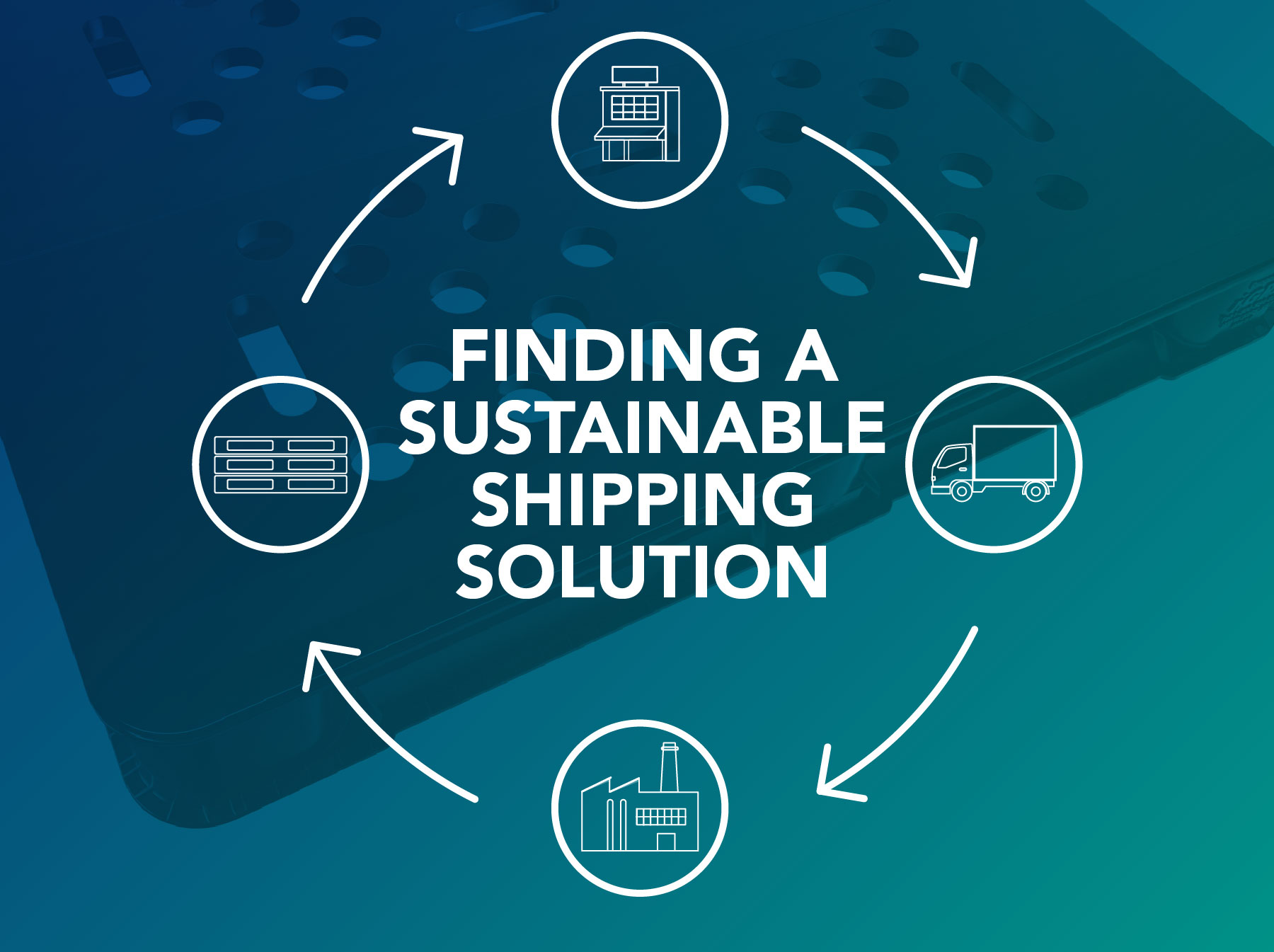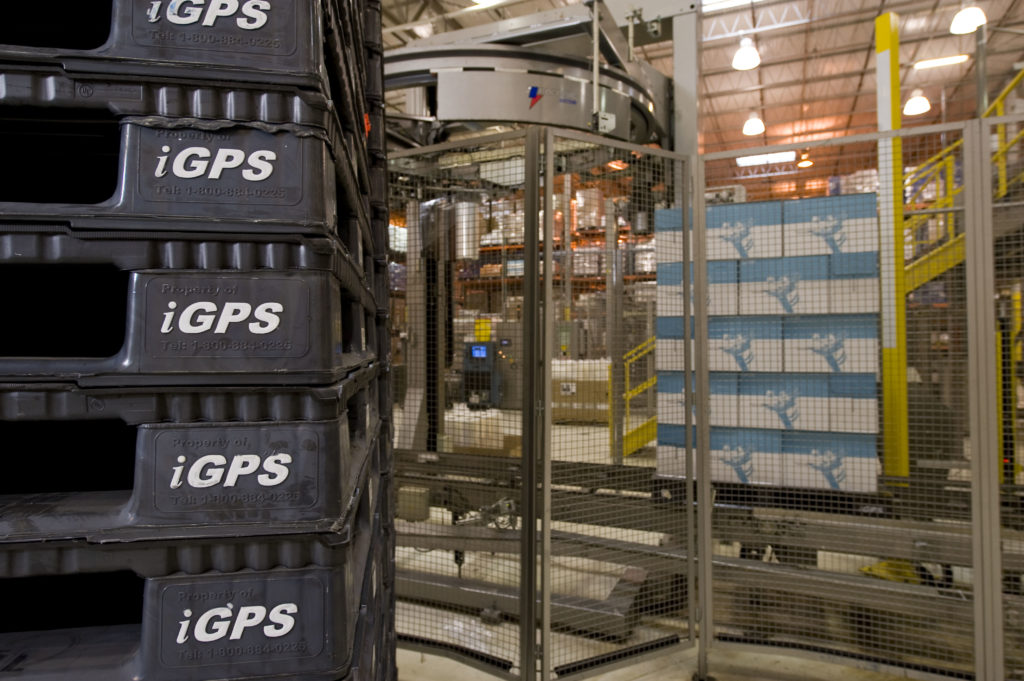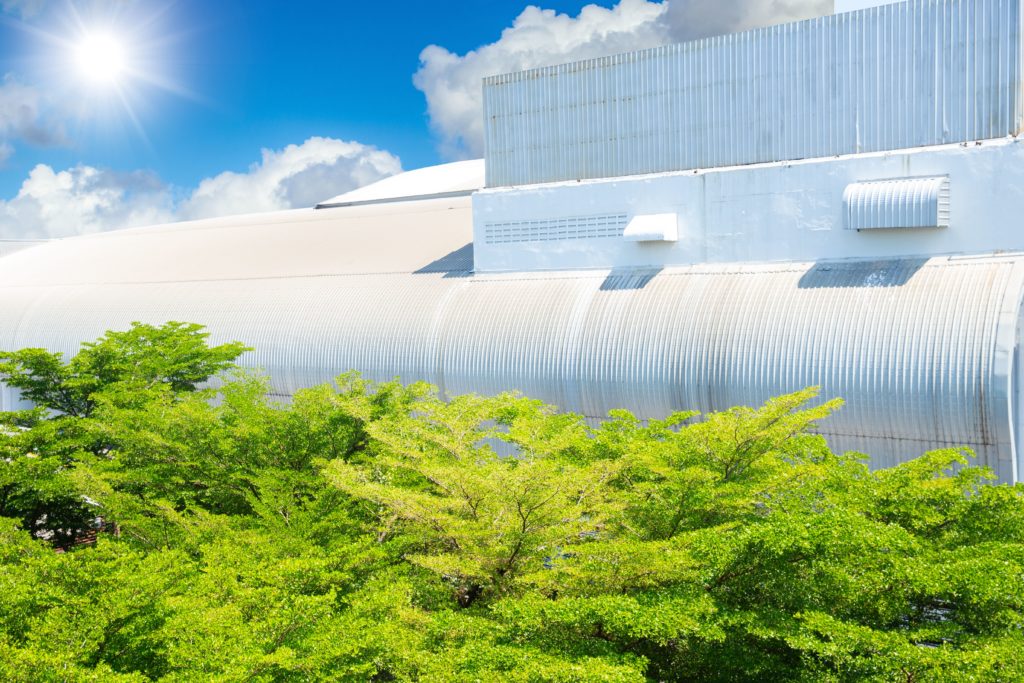-

Eco-Friendly Pallets: How to Find a Shipping Pallet That Won’t End Up in the Landfill
Eco-friendly pallets are gaining traction as businesses look to minimize their environmental impact. These pallets not only help companies reduce their carbon footprint through recycled materials and reusability, but they can also contribute to a circular business model that eliminates waste and maximizes resource use. Ultimately, switching to eco-friendly pallets can benefit both the environment…
-

Cold Chain Logistics Regulations: How to Make Compliance Easy
Cold chain logistics regulations, a vital component of the Food Safety Modernization Act (FSMA), aim to ensure the safe handling and transportation of temperature-sensitive products. Noncompliance with cold chain logistics regulations can result in significant repercussions, including hefty fines, costly penalties, rejected shipments, and wasted products. Amidst the complex cold chain network, the safe transport…
-

Pallet Storage Methods in the Warehouse That Optimize Space
ARTICLE UPDATED ON JUNE 29, 2023 Pallet Storage Methods in the Warehouse that Optimize Space Warehouses and fulfillment centers face extreme pressure to operate seamlessly while keeping up with consumers’ growing demand. To streamline processes, many fulfillment centers are implementing solutions that include automated systems, lean warehousing principles, and warehouse robotics. Facility managers can also…
-

How Making Freight More Sustainable Can Reduce the Cost of Transportation
Transportation is the single biggest contributor to carbon emissions and accounts for 28 percent of all energy consumption in the U.S. The most obvious solutions for making freight more sustainable seem simple on their face: reduce load weight and improve route efficiency. Making these changes also lowers the cost of transportation, so that when supply…
-

Best Practices in Cold Chain Management for Dairy Products
Dairy products require strict attention as they move through the cold chain because of the risk they pose to consumers if that cold chain is broken. More than a few stories of dairy supply chain contamination have made the news, from Listeria in ice cream to salmonella in milk. When dairy products aren’t kept consistently…
-

Green Purchasing within Supply Chain Management: Finding and Choosing Green Vendors
Green purchasing within supply chain management has become a top priority for many businesses and affects which vendors a business chooses as partners. Today, being a green company means working only–or primarily–with companies who also follow eco-friendly guidelines. Yet it can be difficult to thoroughly vet a third party’s green practices. We’ll talk about some…
-

How Green Is Your Supply Chain?
Going green is a priority for many supply chain managers today, but not every effort is successful. In fact, efforts to “go green” often involve strategies whose impacts are difficult to measure. A crucial part of any environmental initiative is being able to evaluate how green your supply chain is in an actionable way. While…
-

3 Benefits of an Ethical Supply Chain
The ethical supply chain has gone from something that only students and a handful of others worried about to a mainstream consideration. Any local grocery store carries more than a few products bearing a fair trade stamp, which indicates they were grown, harvested, and prepared ethically with consideration for both the environment and laborers. Over…
-

Green Supply Chain Challenges: Practical Ways to Avoid Pitfalls
Eco-friendly business practices are a major topic of discussion right now. Twenty-one percent of businesses globally believe that sustainability is crucial to their long-term existence. But moving toward more sustainable practices isn’t simple or easy, and there are some green supply chain challenges your company should be prepared to face before you start on this…
-

How Automated Cold Chain Logistics Technology Reduces Critical Failures
The cost of a cold chain failure can be extensive. Massive product losses inevitably cut into a company’s bottom line and waste valuable resources. And that isn’t the only cost of a breach in the cold chain. In some cases, a cold chain issue has the potential to affect public health, as when sensitive vaccines…
-

How to Build an Environmentally Friendly Logistics Strategy
Most major supply chains today are seeking to make their practices more environmentally responsible. From UPS’ use of alternative, energy-efficient vehicles to Amazon’s installation of solar panels on the rooftops of fulfillment centers, all of these efforts help to reduce the impact the big companies have on the environment. Environmentally friendly logistics strategies like these…
-

Is an Ethical Supply Chain Worth the Cost?
Questions of morality and ethics are always difficult. In fact, answering these questions often comes at a steep cost, personally or professionally. In business, this cost is literal; the answer to the question of how to build an ethical supply chain is usually to pay more. Labor welfare, for instance, is one of the biggest…